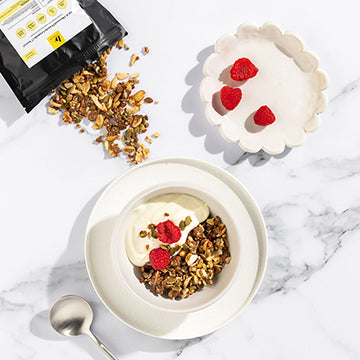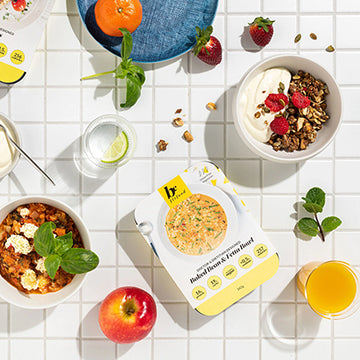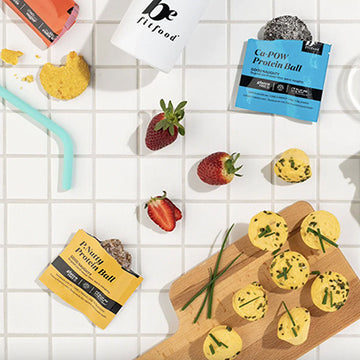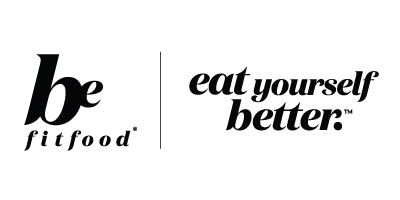Health Articles
Tips to save money on food during the cost-of-living crisis

Reduce spending on takeaway meals
Approximately 50% of the household food budget is used on eating out, food delivery and takeaway services. (1) Reducing spending in this area is a huge opportunity to save money whilst reaping the associated health benefits, as takeaway items are often energy dense with a high sodium and fat content. The cumulative expense of food, price increase on convenience apps, and delivery fees far outweighs the cost of using fresh ingredients, whilst also displacing key nutrients.
A B eFit Food Satay Chicken meal offers a delicious and affordable alternative to takeaway Thai food, whilst also being low calorie, low carb, and low sodium.
Reduce food waste
Minimising food waste offers a simple solution to saving costs on foods. You can reduce food waste by:
Saving, refrigerating, and repurposing leftovers for tomorrow's lunch or dinner
Planning meals before heading to the supermarket to avoid clearing unused ingredients from the fridge at the end of each week
Store food correctly, utilizing airtight containers and glad wrap correctly can significantly reduce total food waste
For time poor individuals, a Be Fi tFood meal bundle can remove the stress from weekly meal planning. They are perfectly portion controlled and packed with at least 20g of protein, so food waste is minimized without compromising satiety.
Reduce meat consumption
The cost-of-living phenomenon has targeted the price of meat particularly hard, and a fillet steak can now cost up to $60/kg. (1) Luckily, there are multiple ways to affordably substitute meat in the diet. Increasing legume intake through canned beans, chickpeas and lentils is an easy and inexpensive meat alternative that still provides many essential nutrients. Additionally, introducing initiatives such as “meatless Mondays” (and eventually expanding this to subsequent weekdays) can be a fun strategy to involve the family to find new recipes. The “Spiced lentil dal” and “South American chili bean and vegetable” dishes from Be Fit Food’s vegan range are an excellent way to trial a flexitarian diet whilst still prioritizing protein intake.
Buy frozen products
Fresh produce is often expensive as it is highly dictated by seasonal variation, product yield and environmental factors. Buying frozen fruit and vegetables is a cost-effective alternative that enables consumption of healthy produce irrespective of seasonal availability. Additionally, the retention of vitamins and minerals in frozen products is comparable, and in some cases better, than their fresh counterparts. (2)
The cost of living is biting. Here’s how to spend less on meat and dairy (theconversation.com)
https://pubmed.ncbi.nlm.nih.gov/25526594/








